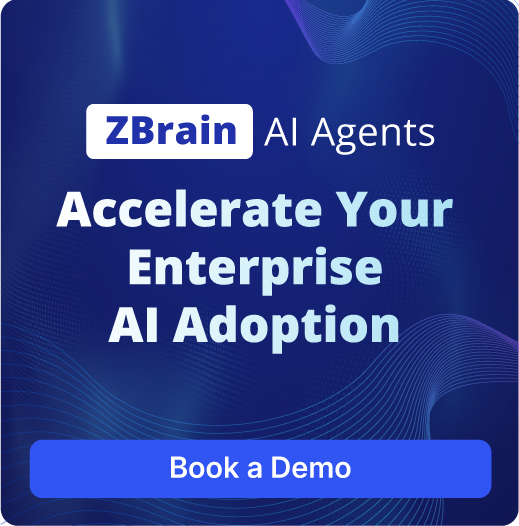
 Live
LivePII Redaction Agent
Automates the redaction of PII in documents, replacing sensitive data with synthetic placeholders to maintain privacy.

 Live
LiveNDA Analyzer Agent
Analyzes NDAs for compliance, highlighting risks and providing insights to streamline legal review and decision-making.

Compliance Improvement Agent
Provides actionable recommendations for policy updates and automation to improve compliance efficiency.

Regulatory Gap Analysis Agent
Analyzes current regulations against company policies to identify gaps and suggests improvements for compliance.

Policy Change Alert Agent
Notifies relevant teams of updates in regulatory policies, ensuring prompt action and compliance alignment.

HIPAA Compliance Check Agent
Ensures HIPAA compliance by monitoring records and communications, flagging potential violations for timely review.

 Live
LivePII Redaction Agent
Automates the redaction of PII in documents, replacing sensitive data with synthetic placeholders to maintain privacy.

 Live
LiveNDA Analyzer Agent
Analyzes NDAs for compliance, highlighting risks and providing insights to streamline legal review and decision-making.

Compliance Improvement Agent
Provides actionable recommendations for policy updates and automation to improve compliance efficiency.

Regulatory Gap Analysis Agent
Analyzes current regulations against company policies to identify gaps and suggests improvements for compliance.

Policy Change Alert Agent
Notifies relevant teams of updates in regulatory policies, ensuring prompt action and compliance alignment.

HIPAA Compliance Check Agent
Ensures HIPAA compliance by monitoring records and communications, flagging potential violations for timely review.
Elevate Compliance Processes with ZBrain AI Agents
ZBrain AI Agents for Compliance significantly enhance the efficiency of compliance activities within legal operations by automating essential processes such as Compliance Assurance, HIPAA Compliance Monitoring, Document Redaction, and Policy Change Notification. These AI agents are designed to ensure adherence to regulatory standards with precision, reducing manual workload and the potential for human error. By leveraging ZBrain AI agent's cutting-edge capability, legal teams can effectively oversee compliance tasks, enabling them to focus on strategic initiatives that drive their organization forward. The adaptability of ZBrain AI Agents allows seamless integration into various compliance workflows, ensuring organizations remain aligned with dynamic legal requirements. These agents enhance Compliance Assurance by automating audits and assessments, enabling the consistent maintenance of accurate, up-to-date records. In HIPAA Compliance Monitoring, they provide continuous surveillance and reporting, safeguarding sensitive data. Document Redaction becomes more efficient as the agents quickly identify and obscure confidential information, reducing manual efforts. Furthermore, Policy Change Notifications are managed automatically, ensuring relevant stakeholders are promptly informed about updates and changes in regulations. ZBrain AI Agents also play a critical role in maintaining overall regulatory compliance by ensuring that all processes adhere to the latest legal standards. With these agents in place, companies can confidently navigate the complexities of compliance while reducing the risk of errors, enhancing operational efficiency, and freeing up valuable time for strategic growth.

